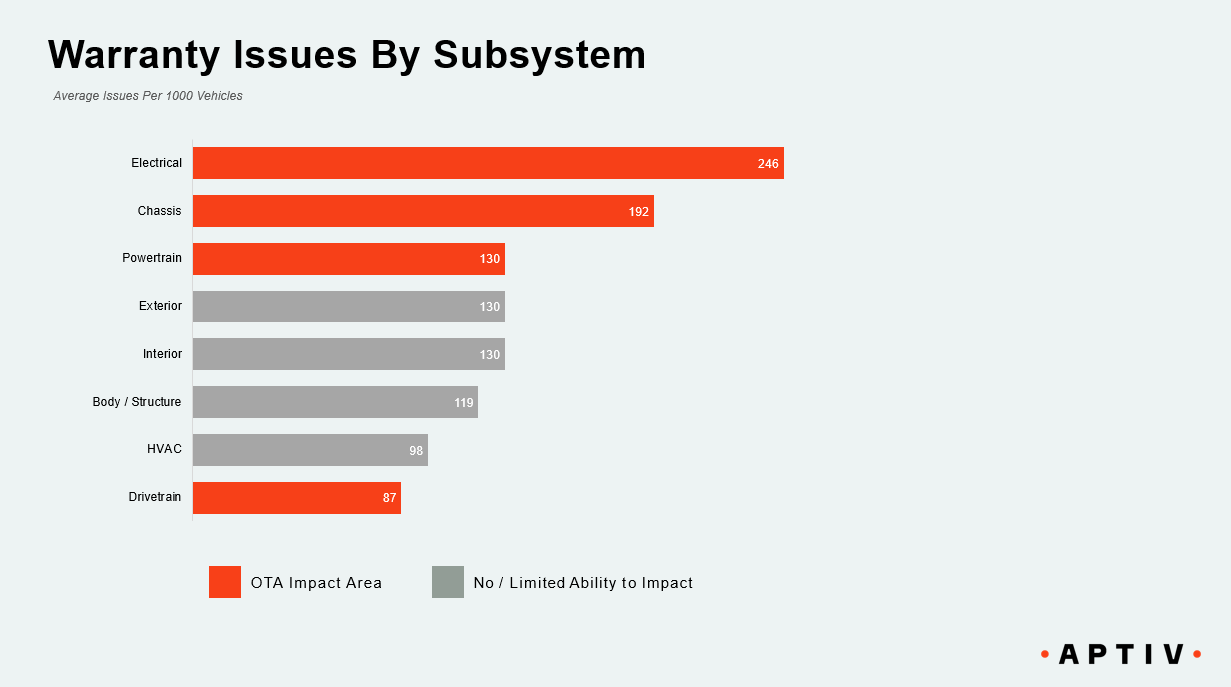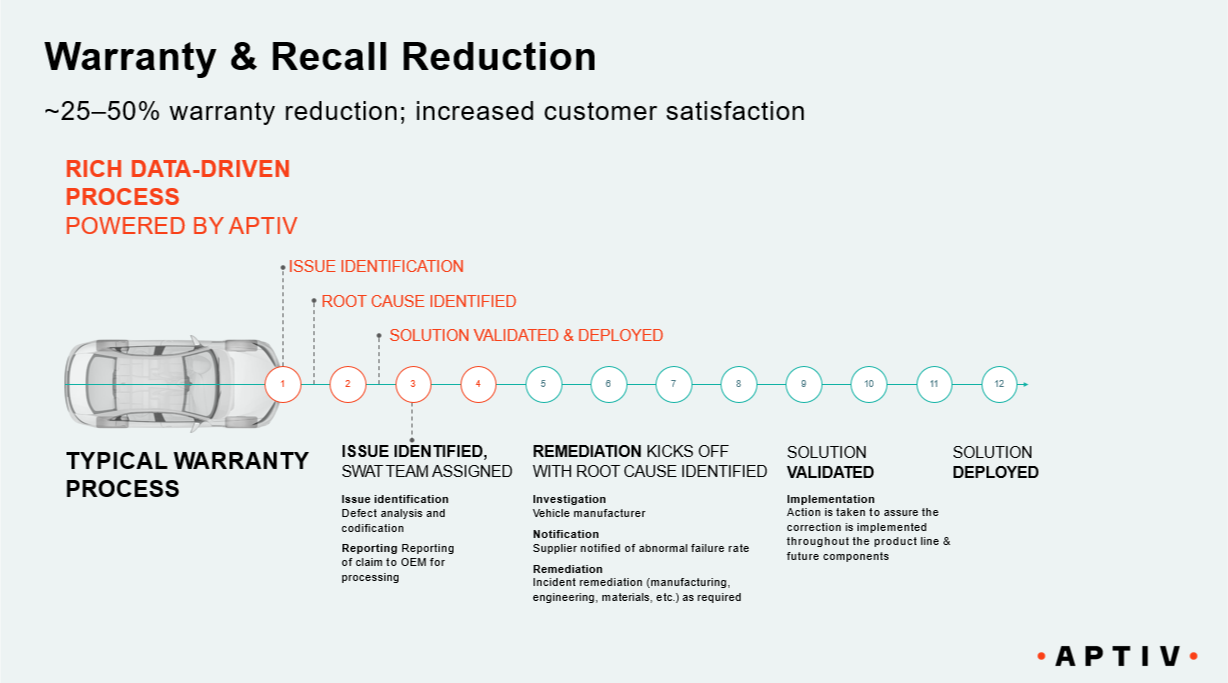What Is Over-the-Air (OTA)?
In the automotive industry, over-the-air (OTA) refers to the rapidly growing practice of distributing software updates wirelessly to vehicles after they have been purchased.
Automotive OTA updates are a critical enabler for software-defined vehicles. As more advanced safety, convenience and user experience features are added to a vehicle, more software resides on compute platforms within the vehicle. Ideally, those applications should be kept up to date regularly with security enhancements or feature improvements. The opportunity is especially clear with active safety features, particularly as OEMs move to more centralized architectures. Automotive OTA updates allow manufacturers to make vehicles safer as they improve their algorithms, and centralization helps ensure this can be done safely and efficiently.
Most people are already accustomed to such updates on their smartphones for apps and operating systems, and they receive them wirelessly and automatically. As with smartphones, the technology used to perform the OTA download for automotive applications would be wireless – most likely a 4G LTE cellular network or Wi-Fi – though other technologies could be used. Many in the industry expect 5G cellular to emerge as the leading wireless technology for automotive OTA in the coming years.
For a vehicle, distributing OTA updates can save consumers from having to visit a dealership to get those updates, increasing customer satisfaction. OEMs save money because OTA updates do not require manual labor from a service technician to perform them, and automotive OTA is well suited to address issues on subsystems with the most frequent and costly issues. Further, while most warranty campaigns can drag on for months – with often spotty results, despite multiple notifications to consumers – OTA warranty fixes can achieve near-complete coverage in a matter of days. When paired with vehicle diagnostic tools and processes, automotive OTA can reduce warranty costs by up to 50% for addressable software-related items. Similarly, Aptiv’s analytics can develop meaningful insights from data collected from vehicles over the air, helping identify issues earlier and leading to an improved customer experience and relationship management.

These benefits increase with compute centralization, and the abstraction of software from hardware. For example, in Aptiv’s Smart Vehicle Architecture™, OTA helps enable developers to upload updates dynamically and go to market faster with richer features, while reducing costs. OTA updates are received by a Secure Connected Gateway. This device in the vehicle downloads the updates, validates them, and then updates other systems in the vehicle at an appropriate time when the vehicle can be safely updated.
Automotive OTA updates have become increasingly important as the industry incorporates more sophisticated infotainment and user experience features in vehicles. And as automated driving functions progress toward fully autonomous driving, maintaining the software that enables those functions will be key.

